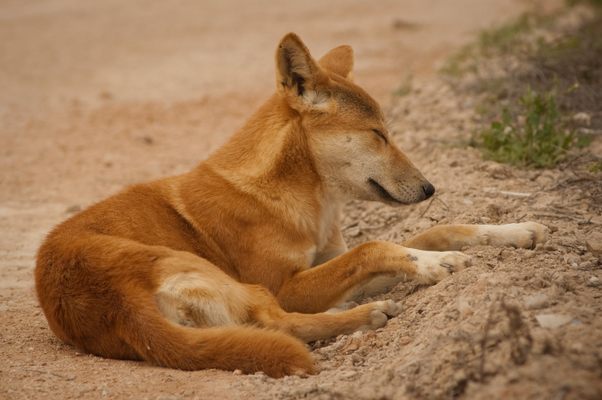About
Looking at a map of dingo habitats in Australia, the wild dogs are labeled as “common” throughout the north and central regions of the country, but in the bottom right corner, separated by a distinct, winding borderline, the dingo population suddenly is labeled "absent." This curvy frontier is no natural dingo-impeding force field: It’s the man-made Dingo Fence.
Spanning 3,488 miles of southeastern Australian desert, the Dingo Fence is the longest fence in the world, built so that no southeastern Aussie would ever again shriek “a dingo ate my sheep!” Originally constructed back in the 1880s to deter the spread of rabbits, the Dingo Fence was renovated in the early 1900s to block off the wild dogs that had become infamous for devouring Australian sheep.
Unlike a typical dog fence, the Dingo Fence is surrounded by a 15-foot clearance zone on either side and continues unbroken through thousands of miles of arid land. Built with a combination of wire mesh and multi-strand electric fence, the six-foot tall-barrier was supposed to be the ultimate deterrent to the sheep-eating wild dogs that killed millions of Australian animals every year. But although it began as a success, the Dingo Fence has seen major unintended consequences that have negatively impacted the surrounding environment and even the sheep themselves.
Because the southeastern side of the fence is blocked off from the predatory dingoes, prey such as rabbits, kangaroos, and emus have seen increased numbers, leading to overgrazing on the sheep’s pasture and disturbing the ecological balance. In addition to these problems, the fence hasn’t been entirely effective at stopping dingoes in the first place; holes in the wire mesh have allowed a sizable amount of the dogs to crawl through each year. The sheep may be safer, but the Dingo Fence reminds us that the long term consequences of manipulating the environment can sometimes be dog gone unpredictable.
Related Tags
Community Contributors
Added By
Published
January 2, 2017




































